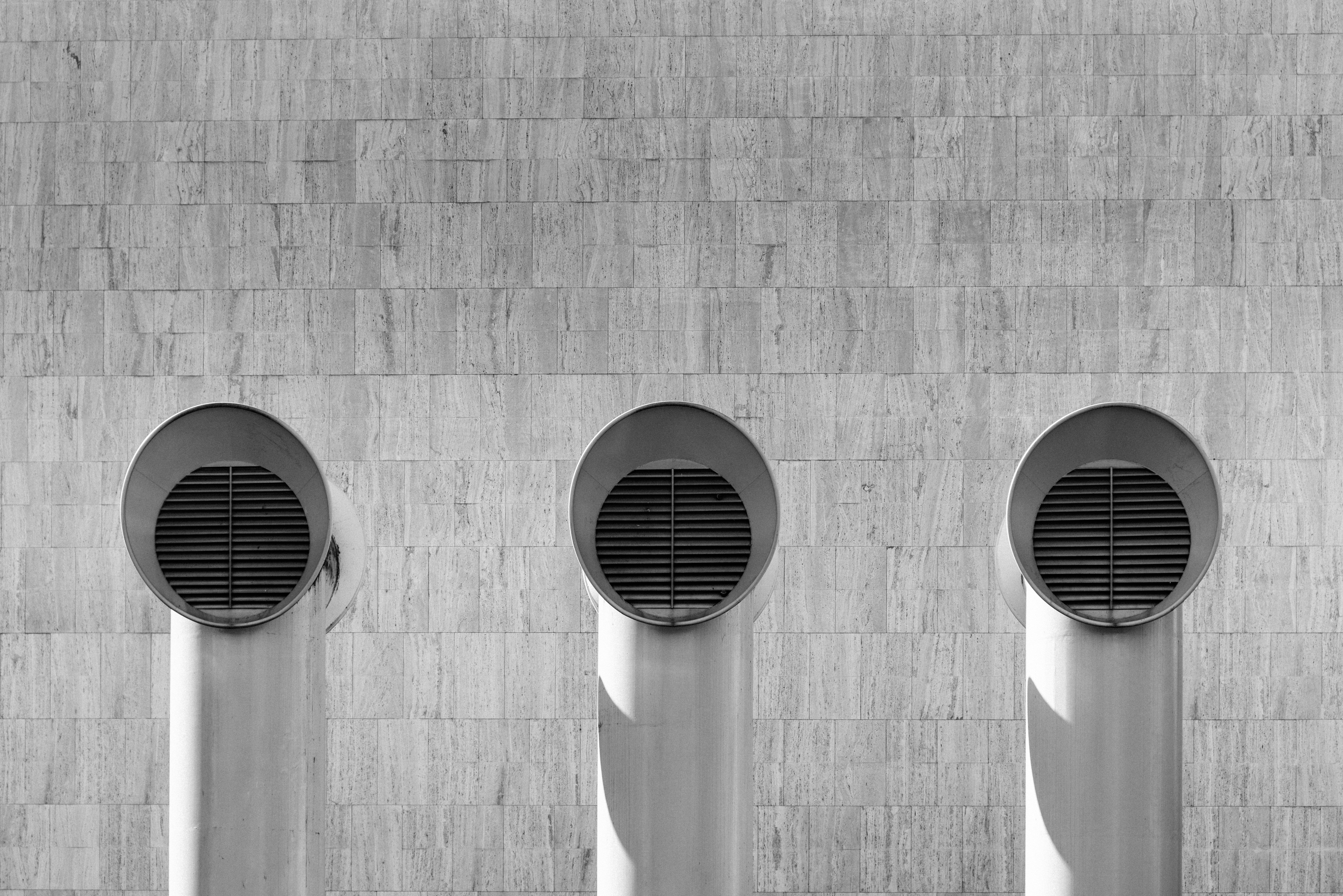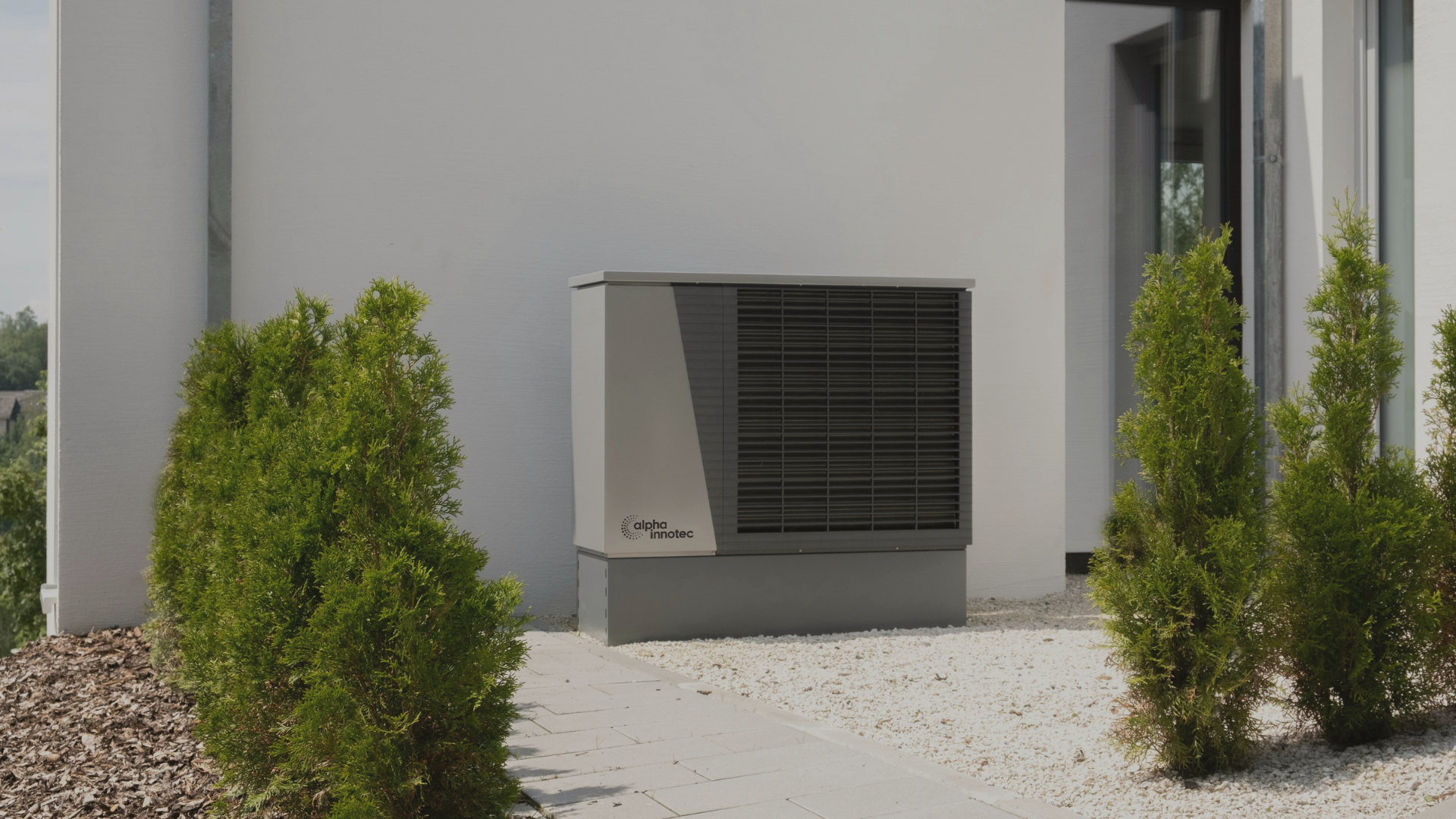Technological Advances and Retrofit Potential
The latest generation of heat pumps demonstrates how innovation can reshape the market. Cold-climate systems are now effective in a wide range of geographies, addressing one of the major barriers to adoption in northern states. Improved design allows for easier retrofits into existing buildings, reducing both installation time and expense. With greater affordability and proven year-round performance, heat pumps are no longer viewed as niche products but as mainstream HVAC solutions adaptable to residential, multifamily, and commercial buildings.
Commercial and Business Benefits
For businesses and commercial property owners, modern HVAC systems offer a compelling financial case. Energy-efficient heat pumps help reduce long-term utility expenses, increase building value, and improve tenant comfort. These upgrades also support broader operational objectives, from meeting efficiency standards to maintaining competitiveness in real estate markets where energy performance is increasingly scrutinized. For many organizations, HVAC modernization is becoming an investment in both cost control and market positioning.
Conclusion
Despite the end of certain federal incentives, the trajectory for heat pump adoption remains positive. State and local rebate programs, combined with technological advances and strong business drivers, are ensuring continued momentum. Looking ahead, HVAC upgrades will remain central to strategies for lowering costs, improving energy efficiency, and supporting sustainable building performance. The next phase of growth may be defined less by federal incentives and more by the enduring market forces that continue to drive adoption.
References:







